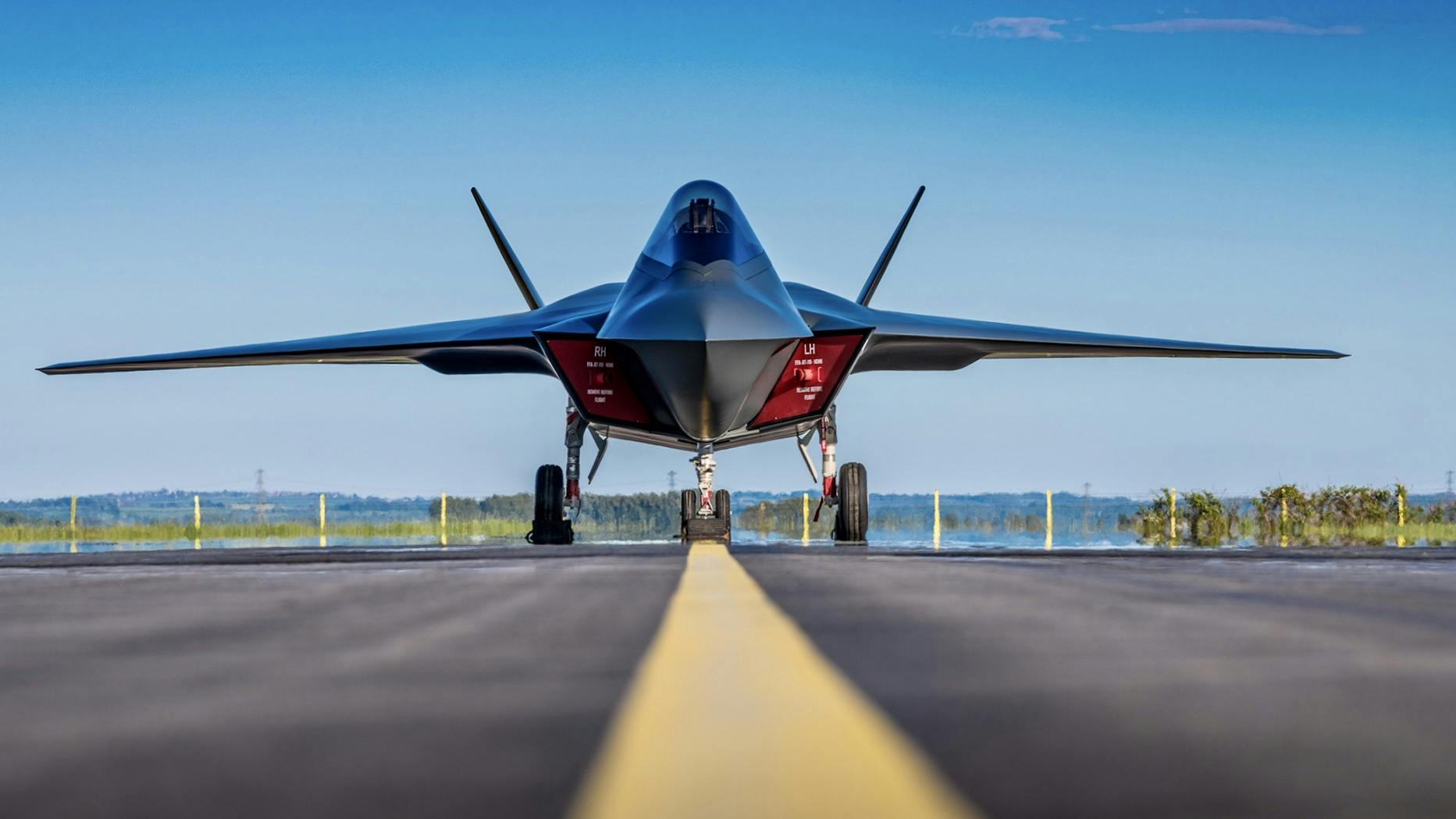I will admit we know very little about this airplane, because it is still in development and due to its role. So clearly I am making educated guesses here about performance. You are right I should make that clear.
Yes, it replaces the B2, but it is smaller than the B2. Hopefully cost less too. About half the wingspan, half the number of engines.
- It stands to reason it will carry less and have less range. Global for the US does not mean global for Australia. The US has a global arrangement of bases, it does not need to conduct all its operations from its continent.
- Payload is smaller, estimated to be about half of a B2. My assertion a P8 may still be able to carry more weapons than a B21 is still reasonable. Certainly the payload difference between the too is likely to be marginally small and not operationally important.
- Operational cost is a real thing. Hands up who thinks the flight hour of a brand new B21 with two modified 2 x F-35 engines, a brand new stealth coating, service requirements etc, airframe hours etc will be less than a 737-800 of which thousands fly many thousands of hours for decades?
- Integration costs and time are a real thing. We won't be using this for maritime work.
- Targeting is going to be an issue for Australia, the US has more options in that regard, and the B21 is designed as a strategic strike asset, against stationary targets.
- Early builds are likely to be more expensive than later builds. a $500m cost is possibly and average over the life of the program, the early builds will likely cost much more than that.
The B2 Block 10 can only drop gravity bombs. Literally just the Mk84 or B61. Block 20 can drop some guided bombs, and it wasn't until Block 30 JDAM and JSOW.. Harpoon/LRASM was never integrated. This shows you the priority and mission scope of the B2. It is a very focused aircraft. Its not the F-111 replacement. The development of this aircraft will be much the same.
The B1 does have LRASM integrated. The B52 has LRASM integrated. The P8 does have LRASM integrated, F-18 SH has LRASM integrated and the F-35 is getting it integrated. The USAF has these other platforms.
The B21 is an interesting aircraft, we should look hard at it. But I don't think its a good fit for Australia and what we require. If the US announces its has a 10,000 km range, carries 24 heavy weight weapons, includes ASW capability right out of the box, LRASM integration and some sort of magical stealthy targeting system for ships, and a fixed price purchase, fixed operation costs, well, a 2030 FOC service date, that would be a different proposition. More will be known once more prototype aircraft are built.
But as a right now solution to our here today problems, there are plenty of other areas the ADF could enhance with $20-$30 billion, with less risk and more capability.


